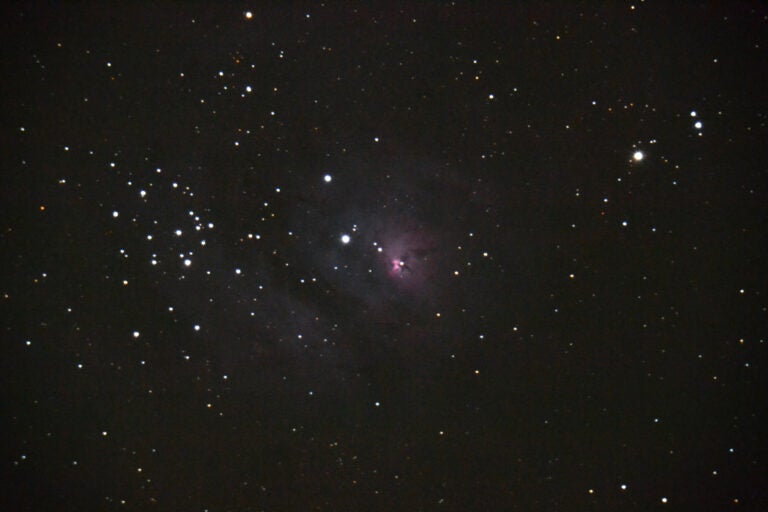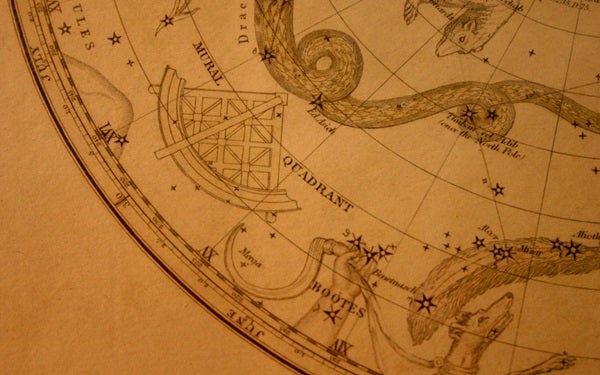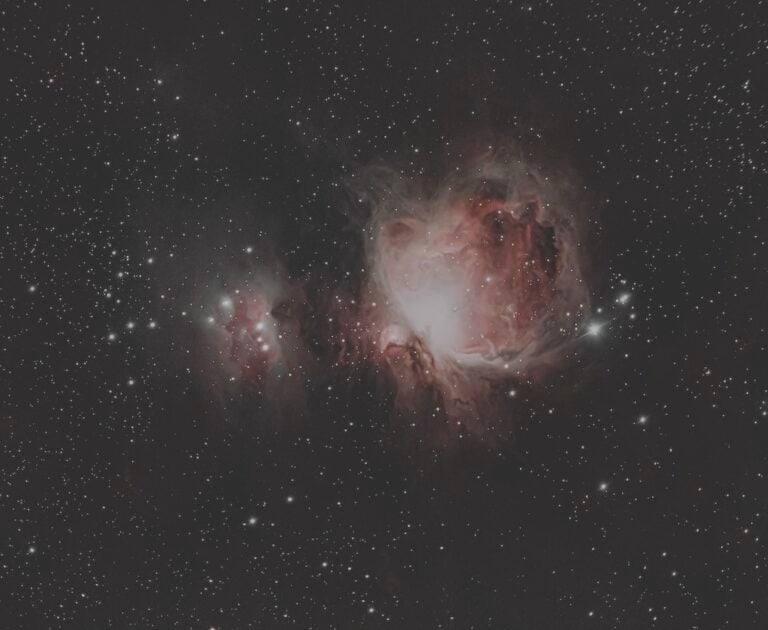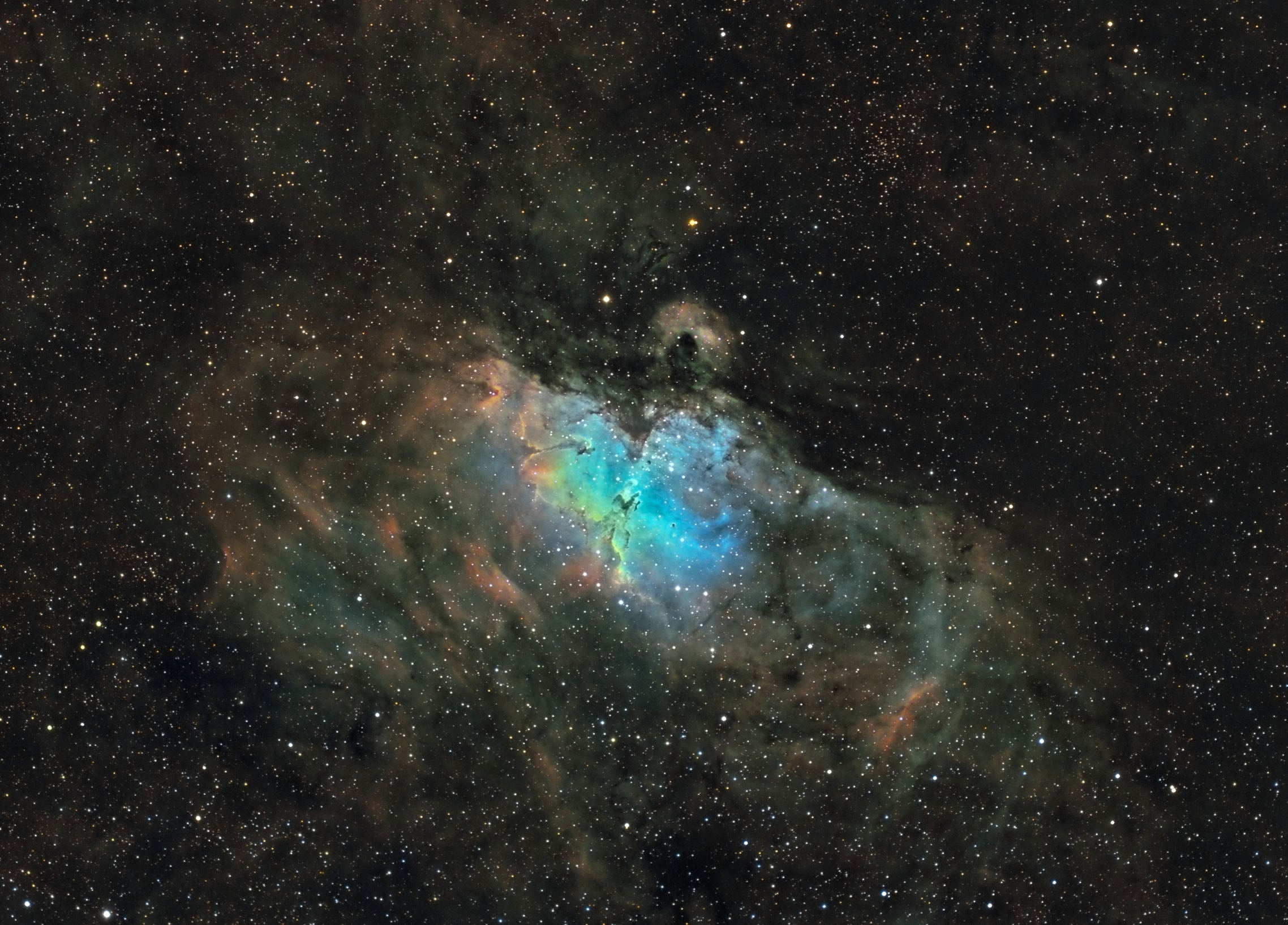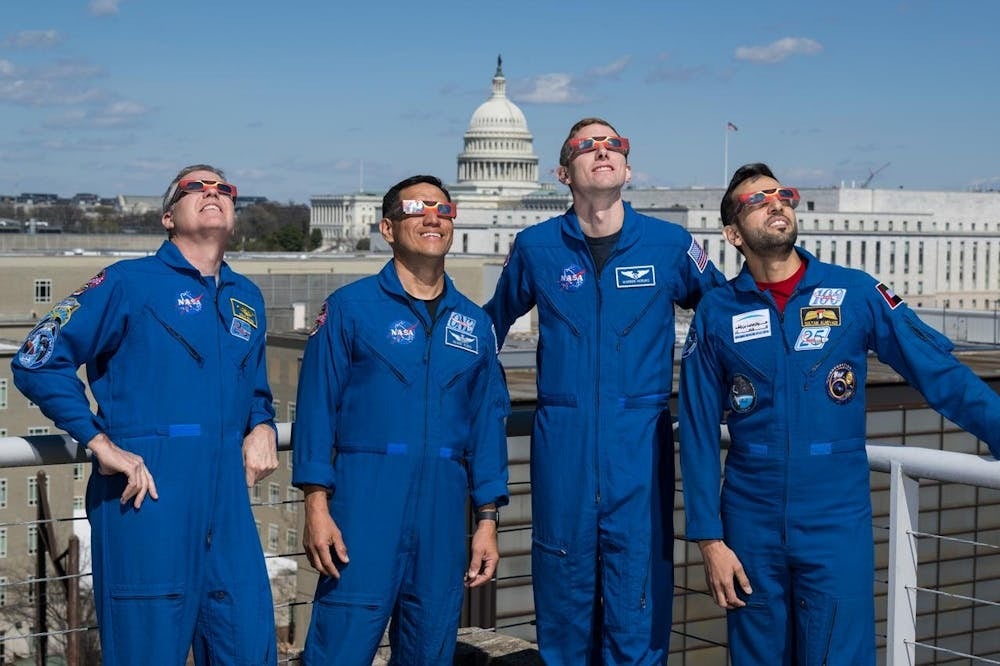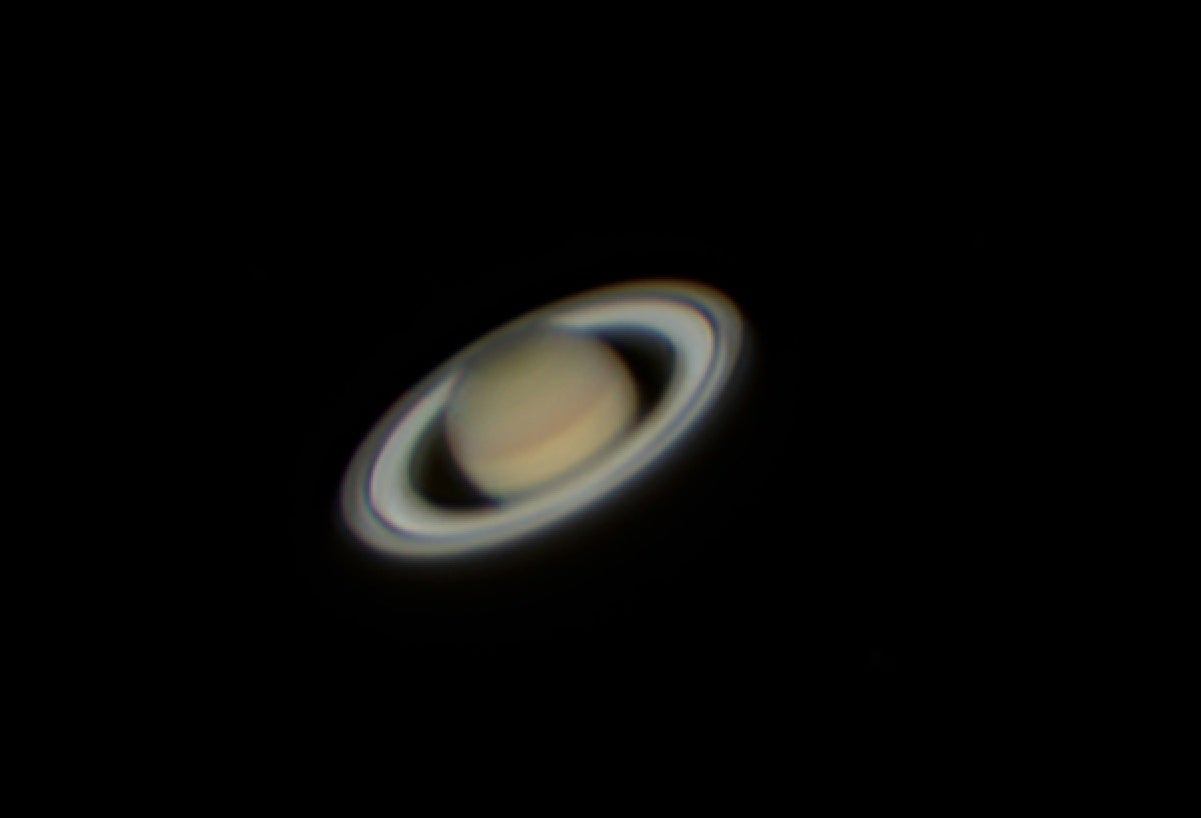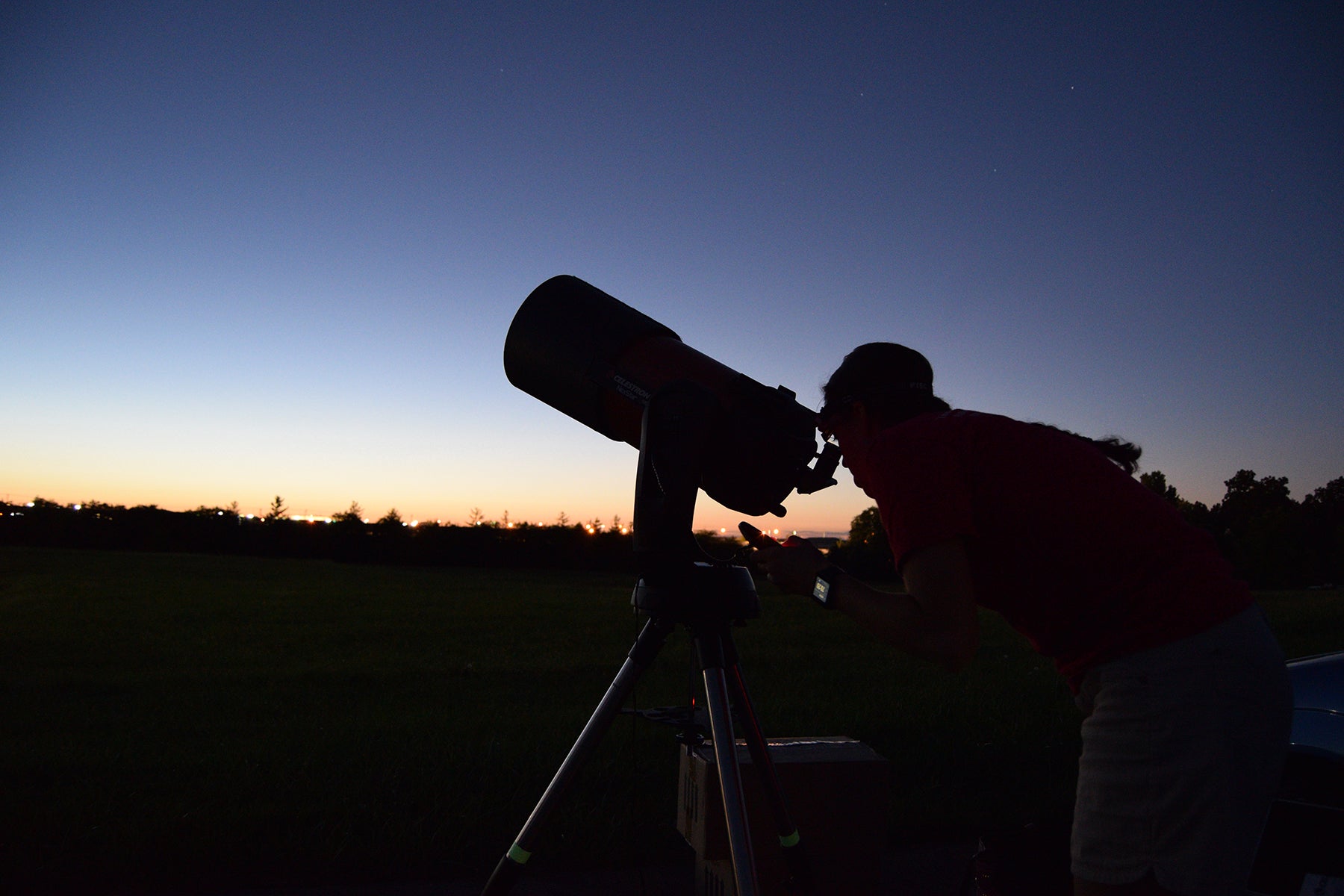
Getting started in observing can be challenging. Where do you begin? What do you look for? Even seasoned veterans may find themselves asking, “What do I do now?” from time to time.
If you are looking for some focus and direction in your observing, look no further than the Astronomical League. Its programs cover a broad range of targets, telescope apertures, and skill levels — there is something for everyone. When you have completed a program, you can submit your observations and earn a pin and certificate, not unlike a Scouting badge.
For the novice observer, a great place to start is the Constellation Hunter Observing Program. No telescope or prior knowledge is required — just a planisphere, a logbook, and a desire to learn. This program takes you through either 39 (Northern Hemisphere) or 57 (Southern Hemisphere) constellations and asks you to record the date, location, and sky conditions before sketching the visible stars of the constellation. This is a great introduction to navigating the night sky.
For children 10 years and older, the Sky Puppy program is a series of hands-on projects laid out in a workbook. Activities include sketching constellations, identifying stars and bright naked-eye objects, using binoculars to spot targets such as the Pleiades and Albireo, learning constellation myths, and more. Other great options for beginners include Beyond Polaris (a “sky observing 101” program), as well as the Universe Sampler and the Youth Astronomer observing programs.
Once you feel ready to dive into astronomy with a telescope, the Messier Observing Program is a great place to start. You don’t need a fancy optic — a 3-inch reflector will do on good nights, and several Messier objects can even be spotted with binoculars. This is a great place to learn how to star-hop and find these objects yourself using star charts.
Solar system programs are another good jumping-off point, especially if you live under light-polluted skies. The Lunar Observing Program is a combination of naked-eye, binocular, and telescopic observations that cover perceived surface shapes, such as the rabbit in the Moon, as well as lunar maria, craters, and other features at various Moon phases.
For the experienced observer looking for a new challenge, several programs are available to explore objects you might not have attempted before. You can chase down Arp’s list of peculiar galaxies, bask in the deep red light of carbon stars, peer into the depths of dark nebulae, hunt for Earth-orbiting satellites, learn about stellar evolution and variable stars, and more. For a real challenge, tackle the Herschel 400 list, hunt for active galactic nuclei with a large telescope, dive deeper into the features of the Moon, or learn a new skill such as observing novae or doing radio astronomy.
With the rapid growth of astrophotography, the Astronomical League has begun offering dedicated imaging programs, as well as allowing imaging in some of its traditional observing programs. Programs specifically for imaging include the Imaging — Caldwell Observing Program, Imaging — Messier Observing Program, Spectroscopy Observing Program, and Target NEO Observing Program. The Master Imager Award requires using imaging to complete several programs, including lunar, solar, deep sky, and scientific studies.
Most of these programs require you to be a member of the Astronomical League. If you are not in a club or your club is not a member, you can become a member-at-large for $40 (U.S. resident), $50 (international), or $20 (U.S. youth).
There are many more programs than what I have listed here — 82, to be precise! From complete beginner to experienced veteran, whether you are interested in chasing down elusive dim fuzzies; diving deep into the Sun, Moon, and planets; doing citizen science, outreach, or dark sky advocacy; or imaging it all, there is a program for you.
There are many more programs than what I have listed here — 82, to be precise! From complete beginner to experienced veteran, whether you are interested in chasing down elusive dim fuzzies; diving deep into the Sun, Moon, and planets; doing citizen science, outreach, or dark sky advocacy; or imaging it all, there is a program for you.
To learn more about the Astronomical League’s observing programs, visit www.astroleague.org/observing-program-division.


